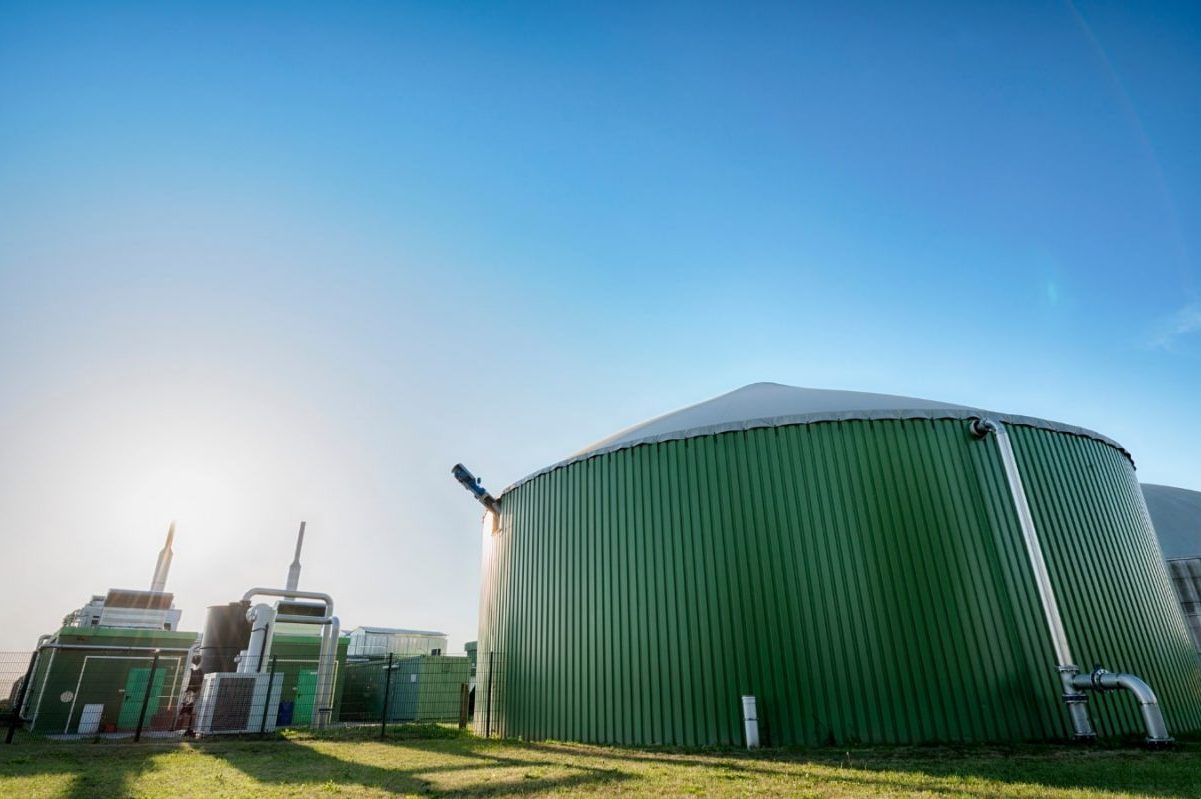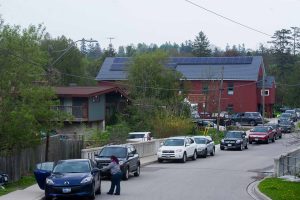
An Overview of the Bioeconomy
The bioeconomy is fastly emerging in Ontario. It’s opening new opportunities to homegrown products and local farmers.
The system called bioeconomy pertains to using plant-based carbon as a replacement for fossil fuel-based carbon. It develops bio-based products, including bioenergy, fuel, and feed from crops, such as switchgrass, miscanthus, wheat straw, and corn stalk.
Ontario has the drive, innovation, and resources to support bioeconomy. It enables local farmers to benefit from the sustainability of harvesting fiber crops and join the developing supply chain.
The Ontario Federation of Agriculture (OFA) continues to assist studies related to Ontario’s biomass crop production and crop residue collection. It included adequate transportation and collection processes and removal of the recommended amounts of residue.

Local farmers have begun to gain opportunities from this cluster of the bio-industry of Ontario. This is made possible through a Cellulosic Sugar Producers Cooperative, made in partnership with BioAmber, Comet BioRefining, and Bioindustrial Innovation Canada. This Agri-Science Cluster Project gained support from the Growing Forward 2.
The cooperative is eyeing a collection of corn stover biomass amounting to more than 50,000 tonnes per year. The Comet BioRefining is looking forward to collecting feedstock from about 26,500 tonnes of wheat straw.
Increased yields continue due to the crop residue collected after harvesting. Surplus residues are helpful in processing gas, fuels, plastics, and bio-products. On the other hand, switchgrass, miscanthus, and other biomass crops with low input can help in boosting Ontario’s bioeconomy. The other markets expected to follow include composting, heating, and bedding.
OFA gives its all-out support to take Ontario’s bioeconomy to a higher level by boosting the local farmers’ diversity and opportunities. It also supports the creation of a renewable form of natural gas throughout Ontario, in clusters, or on a farm. OFA finances and aids in innovation, research, and building policy frameworks.


